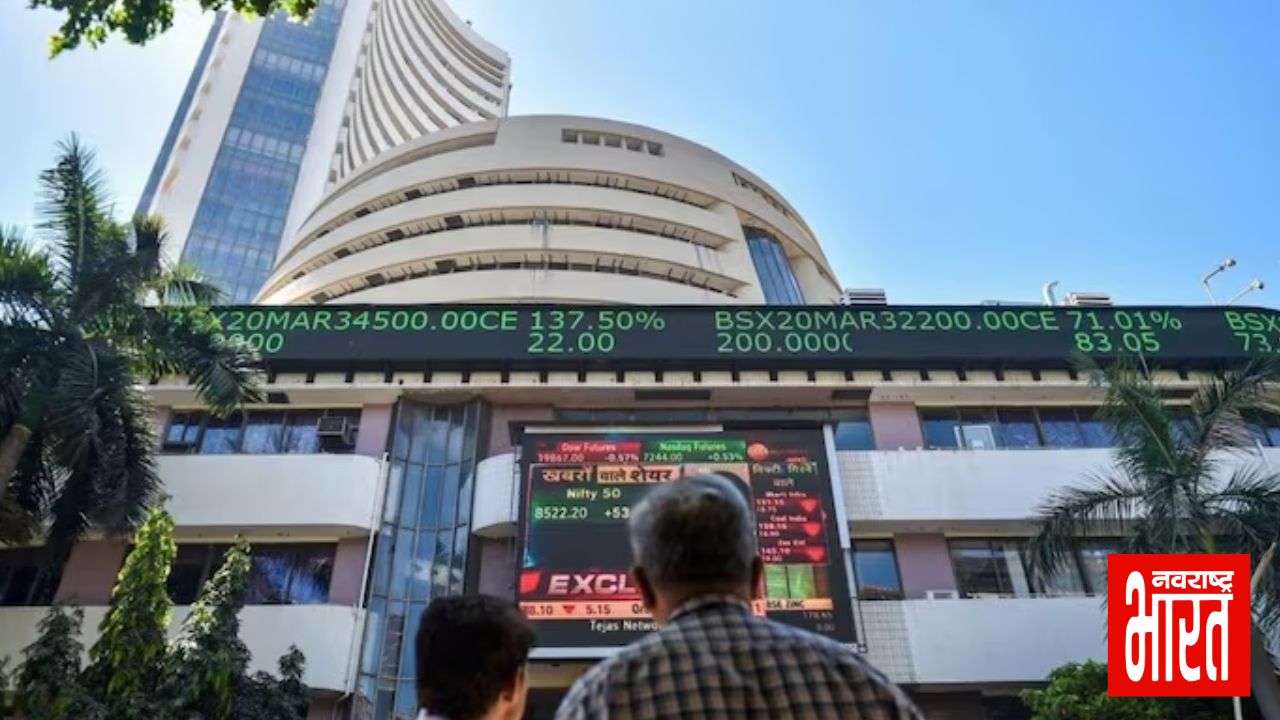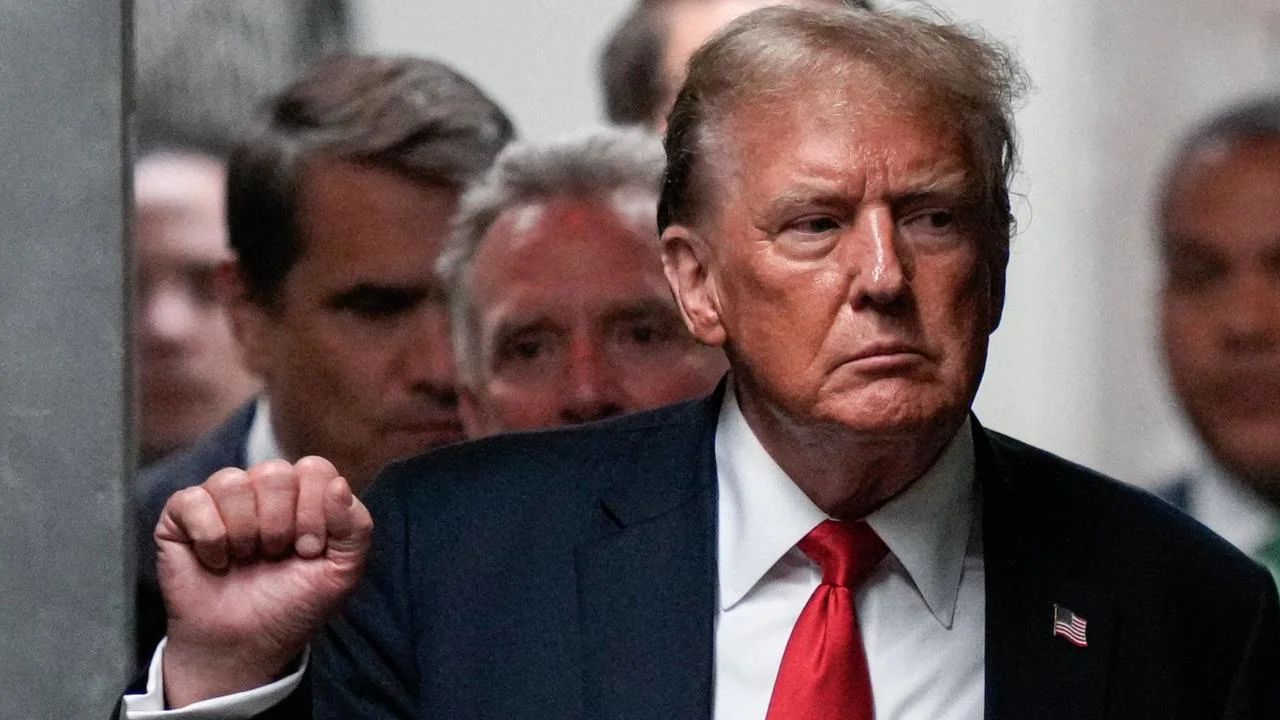
The U.S. budget deficit surged to $1.833 trillion in fiscal 2024, marking the largest shortfall outside of the COVID-19 pandemic era, as interest payments on federal debt surpassed $1 trillion for the first time. Increased spending on Social Security, healthcare, and defense also contributed to the deficit, according to the Treasury Department’s report released on Friday.
The 2024 deficit represented an 8% increase from the previous year’s $1.695 trillion deficit, amounting to $138 billion more. It became the third-largest deficit in U.S. history, trailing only the massive pandemic-driven deficits of $3.132 trillion in 2020 and $2.772 trillion in 2021.
Notably, the fiscal 2023 deficit was reduced by $330 billion due to the cancellation of costs associated with President Joe Biden’s student loan forgiveness plan after it was struck down by the Supreme Court. Without this one-off factor, the 2023 deficit would have exceeded $2 trillion.
The fiscal 2024 budget shortfall, which equaled 6.4% of the nation’s GDP (up from 6.2% the previous year), could pose a challenge to Vice President Kamala Harris as she seeks to position herself as a more prudent fiscal manager in the upcoming November 2024 presidential election, where she faces Republican candidate Donald Trump.
The Committee for a Responsible Federal Budget estimates that Trump’s fiscal plans would add $7.5 trillion in new debt, more than double the $3.5 trillion projected from Harris’ proposals.
Shalanda Young, White House budget director, highlighted the Biden administration’s focus on economic growth through investments in clean energy, infrastructure, and manufacturing. She emphasized that the administration has worked toward fiscal responsibility by ensuring that the wealthiest individuals and large corporations pay their fair share and by cutting wasteful spending on special interests.
In fiscal 2024, U.S. government receipts reached a record $4.919 trillion, an 11% increase from the previous year, largely driven by higher individual non-withheld and corporate tax collections. Meanwhile, federal outlays grew by 10%, totaling $6.752 trillion.
The primary driver of the increased deficit was a 29% jump in interest costs on Treasury debt, which hit $1.133 trillion. This amount exceeded both defense spending and Medicare outlays. Rising interest rates, along with the need to finance more debt, fueled the surge in interest payments.
A senior Treasury official noted that interest costs, as a percentage of GDP, reached 3.93%, lower than the 1991 record of 4.69% but the highest since 1998. The average interest rate on federal debt stood at 3.32% in September, a 35-basis-point rise from a year earlier.
Other factors contributing to increased spending in fiscal 2024 included a 7% rise in Social Security payments (up to $1.520 trillion), a 4% increase in Medicare costs (up to $1.050 trillion), and a 6% rise in military spending (totaling $826 billion).
In September 2024, the government reported a $64 billion surplus, a stark contrast to the $171 billion deficit in September 2023. This surplus was attributed to calendar adjustments for benefit payments. Without these adjustments, September would have seen a $16 billion deficit.
September receipts hit a record $528 billion, a 13% increase year-over-year, while outlays decreased by 27% to $463 billion due to the calendar effect.
In a separate development, Raphael Bostic, president of the Atlanta Federal Reserve Bank, advocated for a cautious approach to reducing interest rates. Speaking at an economic forum in Jackson, Mississippi, Bostic argued for gradually lowering the Fed’s policy rate to a range between 3% and 3.5% by the end of 2025, which he believes would bring inflation down to the 2% target while keeping the U.S. economy out of recession.
Bostic stressed the importance of maintaining restrictive monetary policies for long enough to prevent inflation from stalling above target levels. However, he expects further rate cuts if the economy continues to show positive signs, such as falling inflation and strong labor markets.
Financial markets anticipate two quarter-point rate cuts before the end of 2024, with more reductions expected in 2025. This could bring the Fed’s policy rate to between 3.25% and 3.5% by September 2025. Bostic sees the Fed achieving its 2% inflation goal by late 2025



































































































































































